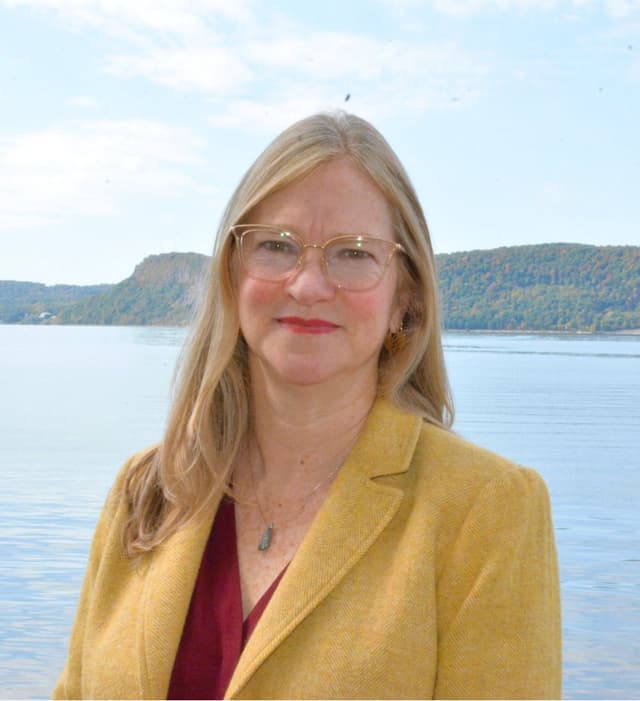Issue overview
How’s the water?

What we’re doing about it

Tracy Brown
President and Hudson Riverkeeper
Featured campaigns

Water quality monitoring
Riverkeeper is the go-to source for information about the quality of the water along the Hudson River and its tributaries

Hudson River PCBs
Without effective action, the health risks and impacts to those living, working, and playing within the 200-mile stretch of the Hudson River PCBs Superfund Site will persist for generations to come

Remediating and preventing contamination
Cleaning up decades of pollution and preventing more requires scientific understanding, targeted legal action, and sustained advocacy

Swimming and public access
Working to make it safe and free for everyone to swim in the Hudson

Beyond Indian Point
Monitoring the shutdown of a nuclear power plant on the banks of the Hudson that killed billions of fish each year

Sewer and stormwater pollution
Working to keep sewage and street pollution out of our waterways